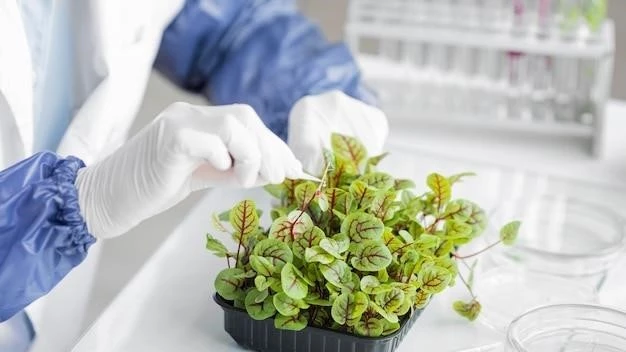The intricate dance between plants and microbes is a fundamental aspect of life on Earth, shaping ecosystems and influencing agricultural productivity․ These interactions, often invisible to the naked eye, play a crucial role in plant growth, health, and resilience․ This article delves into the multifaceted world of plant-microbe interactions, exploring their significance and the diverse ways they impact the plant kingdom․
Types of Plant-Microbe Interactions
The relationship between plants and microbes can be broadly categorized into three main types:
- Mutualistic Interactions: Both the plant and the microbe benefit from the association․ This type of interaction is often characterized by the exchange of nutrients and resources, creating a symbiotic relationship․
- Commensal Interactions: One organism benefits from the interaction, while the other is neither harmed nor helped․ This type of relationship is often observed in the case of microbes residing on plant surfaces without causing any significant impact on the plant’s physiology․
- Parasitic Interactions: One organism, the parasite, benefits at the expense of the other, the host․ This type of interaction can be detrimental to plant health, leading to diseases and reduced productivity․
Mutualistic Interactions: A Foundation for Plant Health
Mutualistic interactions are particularly important for plant health and productivity․ These interactions can be broadly divided into two main categories:
1․ Nitrogen Fixation
Nitrogen is an essential nutrient for plant growth, but atmospheric nitrogen is unavailable to plants․ This is where nitrogen-fixing bacteria come into play․ These bacteria, primarily found in the genus Rhizobium, form symbiotic relationships with legumes, such as peas, beans, and alfalfa․ They convert atmospheric nitrogen into ammonia, a form readily usable by plants․ This process, known as nitrogen fixation, is crucial for plant growth and productivity, particularly in nitrogen-limited ecosystems․
2․ Mycorrhizal Associations
Mycorrhizae are symbiotic associations between fungi and plant roots․ These fungi extend their hyphae, fine filaments, into the soil, increasing the plant’s root surface area and access to nutrients, particularly phosphorus․ In return, the plant provides the fungus with carbohydrates․ Mycorrhizal associations are widespread in nature, enhancing plant growth, nutrient uptake, and stress tolerance․

Plant Growth Promotion: Beyond the Basics
Beyond nitrogen fixation and mycorrhizal associations, a diverse range of beneficial microbes contribute to plant growth promotion․ These microbes can produce growth-promoting hormones, such as auxins and gibberellins, that stimulate root elongation and shoot development․ They can also enhance nutrient availability, suppress plant pathogens, and improve plant tolerance to stress conditions․
Disease Suppression: A Natural Defense System
Plant-microbe interactions play a critical role in protecting plants from diseases․ Beneficial microbes can suppress plant pathogens through a variety of mechanisms․ They can compete with pathogens for nutrients and space, produce antimicrobial compounds that inhibit pathogen growth, or induce plant defenses, leading to increased resistance․ These beneficial microbes act as a natural defense system, reducing the need for chemical pesticides and promoting sustainable agriculture․

The Future of Plant-Microbe Interactions: Opportunities for Sustainable Agriculture
Understanding and harnessing the power of plant-microbe interactions holds immense potential for sustainable agriculture․ By leveraging these interactions, we can develop novel strategies for improving crop yields, enhancing nutrient use efficiency, and reducing reliance on synthetic fertilizers and pesticides․ This involves exploring the microbiome of different crops, identifying beneficial microbes, and developing microbial inoculants that can enhance plant performance and resilience․
Conclusion
The intricate dance between plants and microbes is a testament to the interconnectedness of life on Earth․ These interactions are fundamental for plant health, growth, and resilience, influencing ecosystems and agricultural productivity․ By understanding and harnessing these interactions, we can develop sustainable agricultural practices that promote plant health, enhance crop yields, and minimize environmental impact․ The future of sustainable agriculture lies in embracing the power of plant-microbe interactions;










